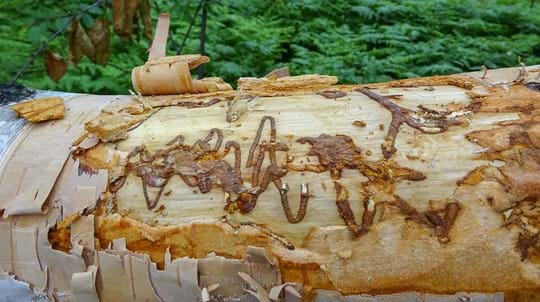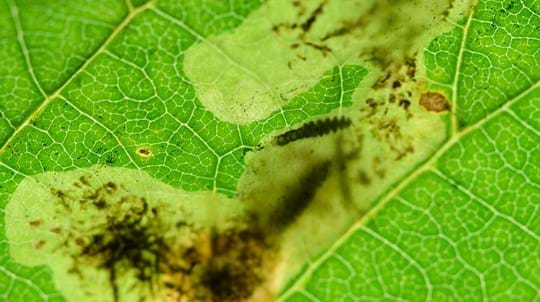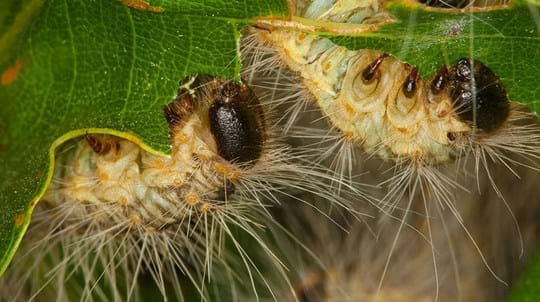
Credit: David Cappaert / Michigan State University
How did emerald ash borer get here and what impact will it have?
The emerald ash borer is yet to reach the UK, but the biggest risk of introduction comes from imported wood, particularly firewood. This was the case in the US where campers often carry firewood from one area to another, speeding up the spread of the pest.
If the pest were to arrive in the UK, it would have a devastating ecological impact. Our ash trees are already under threat from ash dieback, so the introduction of the emerald ash borer could even make ash trees locally extinct in some areas.









